To provide the best experiences, we use technologies like cookies to store and/or access device information. Consenting to these technologies will allow us to process data such as browsing behaviour or unique IDs on this site. Not consenting or withdrawing consent, may adversely affect certain features and functions.
The technical storage or access is strictly necessary for the legitimate purpose of enabling the use of a specific service explicitly requested by the subscriber or user, or for the sole purpose of carrying out the transmission of a communication over an electronic communications network.
The technical storage or access is necessary for the legitimate purpose of storing preferences that are not requested by the subscriber or user.
The technical storage or access that is used exclusively for statistical purposes.
The technical storage or access that is used exclusively for anonymous statistical purposes. Without a subpoena, voluntary compliance on the part of your Internet Service Provider, or additional records from a third party, information stored or retrieved for this purpose alone cannot usually be used to identify you.
The technical storage or access is required to create user profiles to send advertising, or to track the user on a website or across several websites for similar marketing purposes.


 Golden Eyes Vampire Crab - Geosesarma Sp. - Decapod Crustacean
1 × £8.71
Golden Eyes Vampire Crab - Geosesarma Sp. - Decapod Crustacean
1 × £8.71 
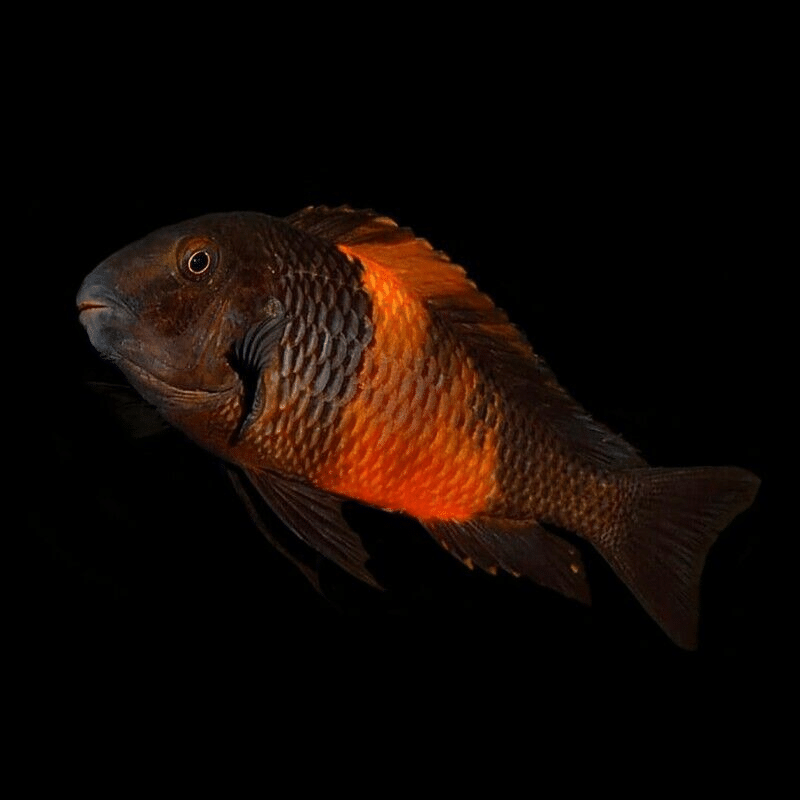
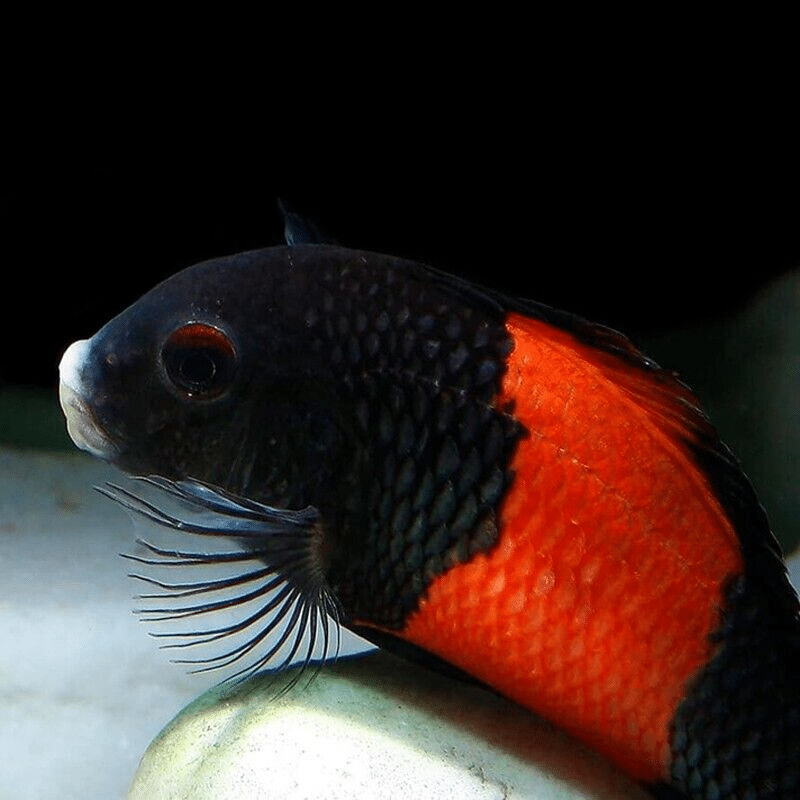
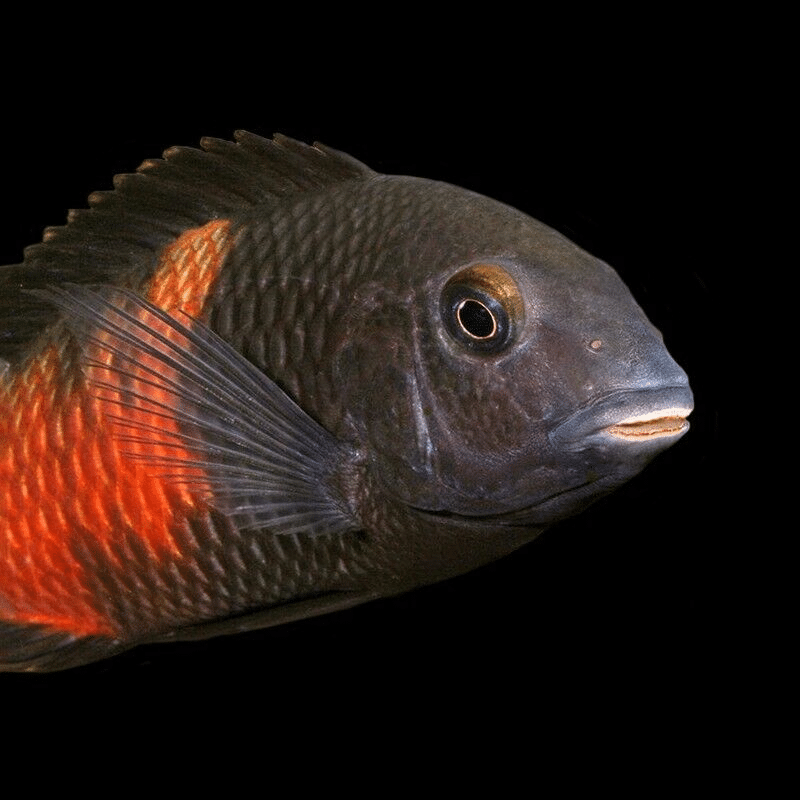
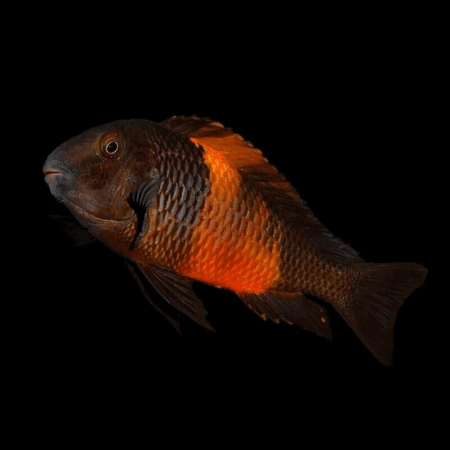
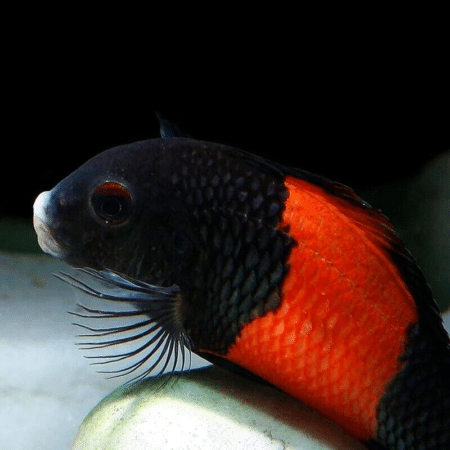
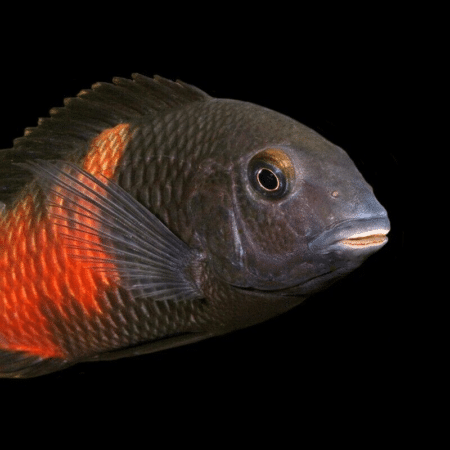
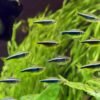
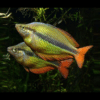










Emily Carter (verified owner) –
I have been keeping fish for over five years, and I recently added the Orange I Bemba Blunthead Cichlid to my 120-gallon Tanganyika setup, and I couldn’t be happier! These lively little guys have such vibrant colors, and their personalities truly shine. After about two months, I’ve noticed they’ve adapted beautifully to my aquarium environment, thriving among the rocks and plants.
One thing to note is that they can be a bit territorial, especially during feeding time, but this is normal behavior for cichlids. I recommend maintaining a good balance of territories with some caves and hiding spots to keep them happy. The quality of the fish I received was outstanding—arrived promptly and in perfect health.
Compared to other cichlids I’ve owned, the Orange I Bemba has been much easier to care for and has shown remarkable resilience. If you’re considering adding freshwater fish to your collection, especially if you have a Tanganyika tank, I highly recommend these charming cichlids. They’ve definitely brought more life and color to my aquarium, and I always look forward to watching them interact!
Overall, I would definitely buy again. Happy fishkeeping!